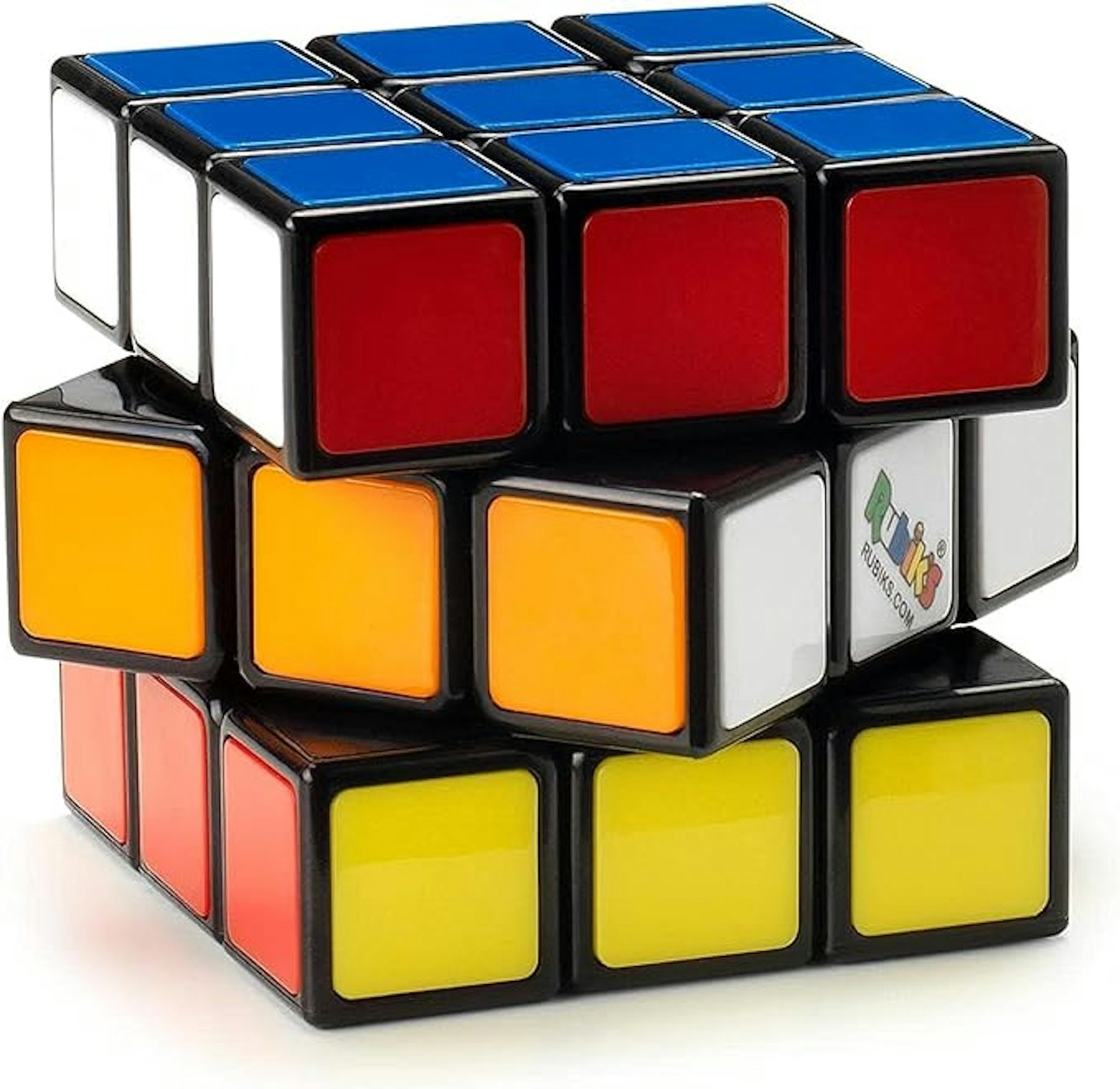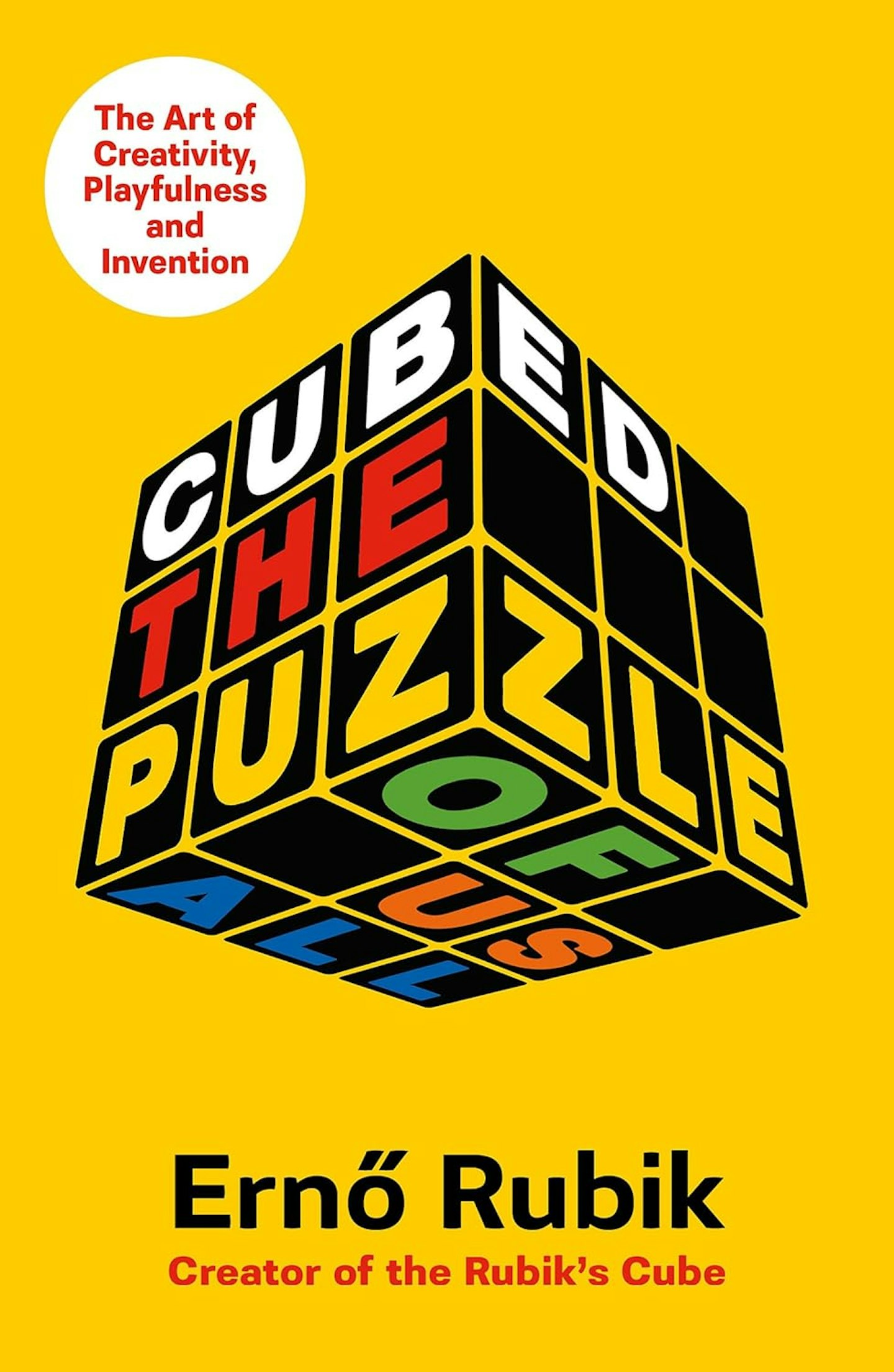The Rubik’s Cube is perhaps the most famous puzzle toy of all time. Since it’s release in 1980, this small, 3x3 cube of moveable coloured squares has taken the world by storm inspiring and beguiling solvers of all ages. But what of the man behind the puzzle, inventor Ernő Rubik, himself? As you may expect, much like his famous puzzle, the Hungarian inventor is also a fascinating figure.
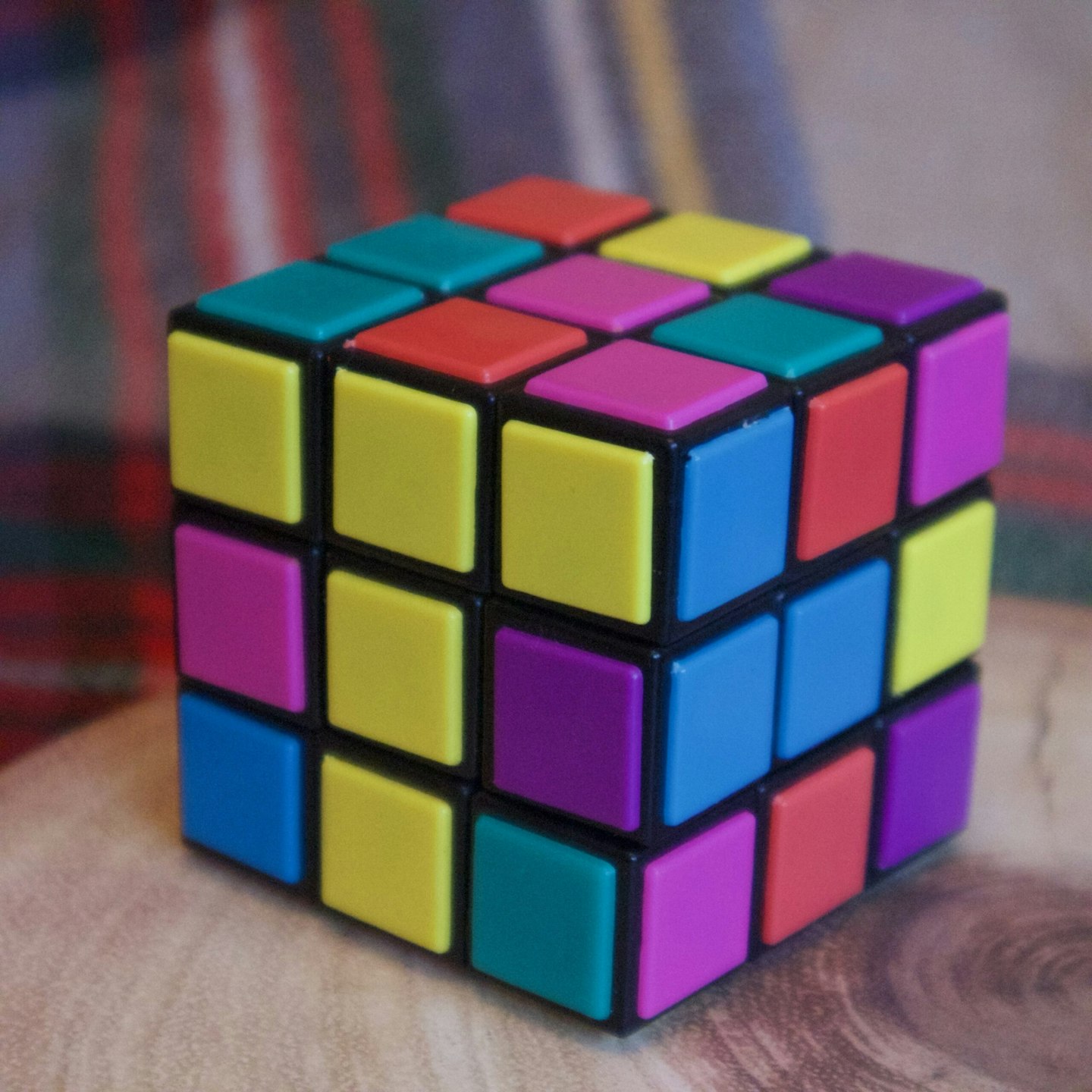
Rubik's Early Life: A Curious Mind in Humble Surroundings
Ernő Rubik was born in Budapest, Hungary on 13 July 1944, in the basement of a Budapest hospital which had been converted into an air raid shelter. His father – also named Ernő Rubik – was a flight engineer at the Esztergom aircraft factory and his mother, Magdolna Szántó, was a poet and gifted pianist.
Rubik’s father was a great source of inspiration for him – not just in terms of engineering, but because of how well-respected he was in his field. However, in his memoir, Cubed: The Puzzle of Us All, he laments a lack of closeness between father and son. “There are many questions I wish I had asked him about his work and his life,” wrote Rubik. “But he was not a man who told stories. The past was not a time that was pleasant for him to remember. And so, I never asked. We were so independent, we shared very little except our nature.”

As a child, Rubik learnt a great deal about problem-solving and perseverance by watching his father build their cottage on the shores of Lake Balaton. His parents had bought a plot of land there in the 1950s, and Rubik recalls life at this time as both challenging but also providing him with an understanding of the material foundations of the world: “at first we slept under blankets in tents, drawing our water from a well, cooking over a little fire, and relying on a paraffin lamp after dark.”
As a young boy he was highly competitive at Scrabble (a trait he retains to this day) and had his first taste of puzzling success solving chess problems in a Hungarian chess periodical.
Education: A Love of Art, An Aptitude for Science
From 1958 to 1962, Rubik attended art school, specialising in sculpture. “It wasn’t because art school was part of my family tradition – though I discovered much later that one of my grandfathers was an artist – just that it seemed the natural extension of elementary school.”
He subsequently pursued architecture at the Budapest University of Technology, and after graduating in 1970, he became a professor at the Budapest College of Applied Arts. It was during his time here that he practiced his hobby of building geometric models – one of which became the prototype of his now globally-famous Rubik’s Cube.
A Passion for Puzzles
Rubik had been a keen puzzler all his life. “I liked different puzzles for different reasons and their different capabilities.” As a small boy, he sought them out and preferred the difficult puzzles to the easy ones – his favourite being a deceptively simple geometric puzzle called the tangram.
While not really a puzzle at all (in Rubik’s words), the tangram consists of a square, sliced into seven pieces or ‘tans’ – five triangles of varying sizes, a parallelogram, and a square. The puzzle originated in ancient China, with the challenge being to fashion a variety of unique figures, or to fit them all into a square. This puzzle appealed to Rubik because it was “very free.“ He likened it to being something close to art, as “depending on how the pieces are assembled and the attitude one has when manipulating them, one can create artistic results.”

Another puzzle he enjoyed was the pentomino, which was his introduction to recreational math and solving interesting geometric problems. The pentomino is a shape consisting of five squares, joined together by their sides. There are twelve different pentomino arrangements, and much like the Tangram, there is no specific goal when working with them though puzzlers often attempt to use them to fill in rectangles or create new, interesting patterns and shapes.

The Beginnings of the Cube
The idea for the cube we know today began with Rubik trying to find a way to demonstrate algebraic theory to his students: “I sat down to think about a geometrical problem and how to illustrate it. I made something that became the Cube.”
His initial design was hand-carved from blocks of wood and held together by bands. He completed the first three-dimensional, working prototype in 1974 and showed it to his students. When it proved to be popular, he realised it could be manufactured easily from plastic, and may have an appeal to a larger audience. And, in January 1975, he applied for a patent referring to it as his “Magic Cube”.
Ironically, upon it’s initial invention, Rubik wasn’t sure it could ever actually be solved. The Rubik’s Cube has 43 quintillion possibilities, and it took Rubik one month to solve his prototype. To put this quantity into perspective: if you turned the cube once per second, starting at the Big Bang 13 billion years ago, you still wouldn’t even be halfway through. It would take 1.4 trillion years, with one turn per second, to see every possible combination.
It took 35 years after the invention of the toy for someone to come up with an answer for the minimum number of moves to solve it, and in 2010, a group of mathematicians and computer programmers proved it could be solved in 20 moves.
Post-Cube Career
After leaving his position as a professor of architecture in 1979, Rubik went on to pursue many other avenues. In the early 1980s, he became the editor of a game and puzzle journal known as ‘Es Jatek’ and in 1983 he founded the Rubik Studio, where he designed furniture and games. In 1990, he was appointed President of the Hungarian Engineering Academy where he established the International Rubik Foundation to support talented young engineers and industrial designers.
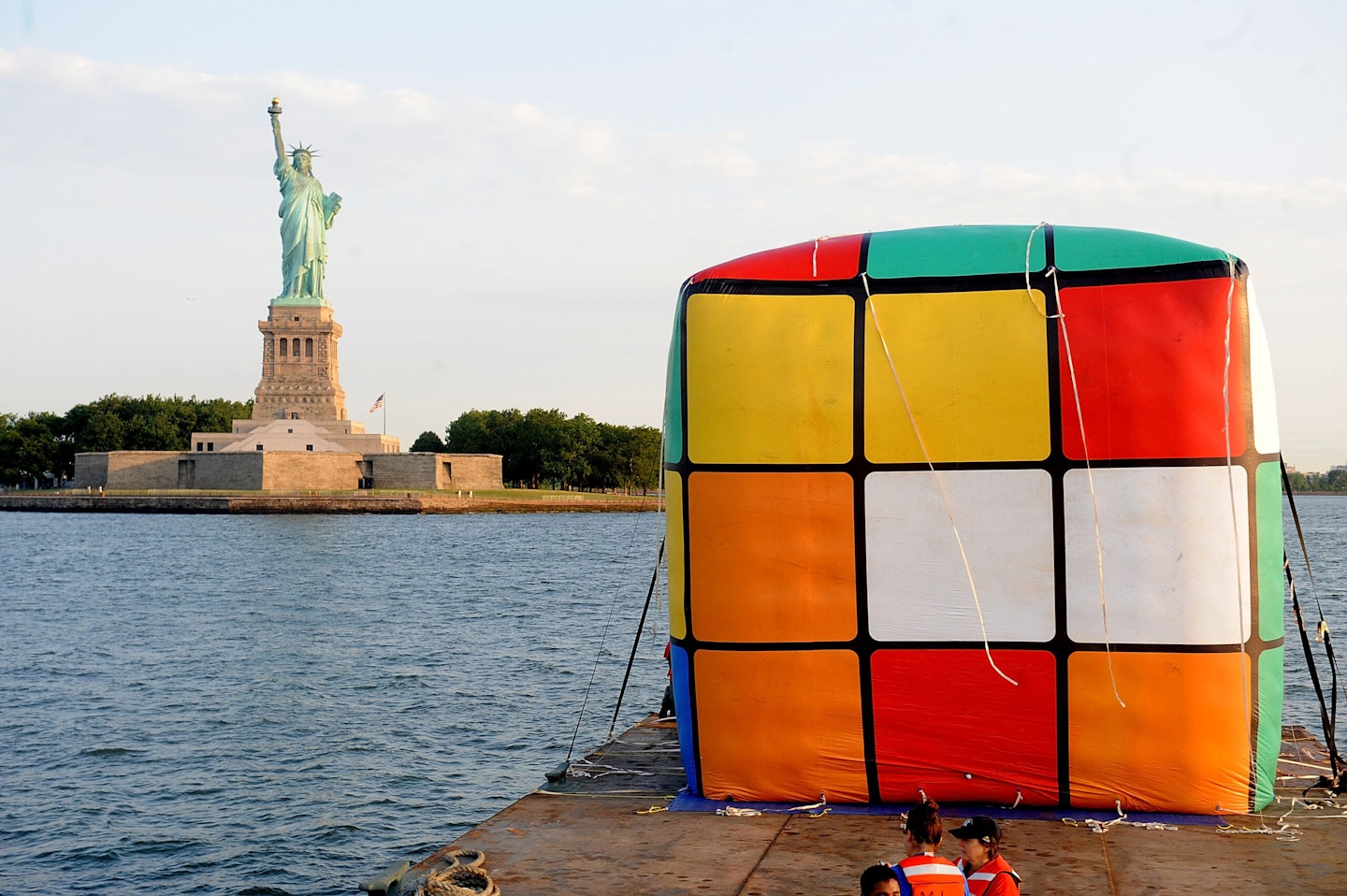
In 2020, Rubik looked back on his life in his aforementioned autobiography, Cubed. When it came to trying to understand the success of his eponymous puzzle, he was philosophical providing more questions than answers: “What does it say about the way our minds work? Does it suggest there are universal qualities that bring us together? After all, the Cube represents the idea of ‘being suspended within a rare moment of peaceful coexistence between order and chaos’.”
Rubik’s Legacy: A Humble Man and a Timeless Invention
Rubik does not consider himself a genius or a professional. In his own eyes, he is simply an ordinary man – a lifelong bibliophile with an interest in science fiction, and whose favourite pastime is collecting succulents. Despite the impact of his invention on the world, he remains humble but hopes his story can inspire others: “looking back to the past, when the story of the Cube began, my experience suggests that you can succeed as an amateur. […] I am and remain an amateur in everything that I undertake.”
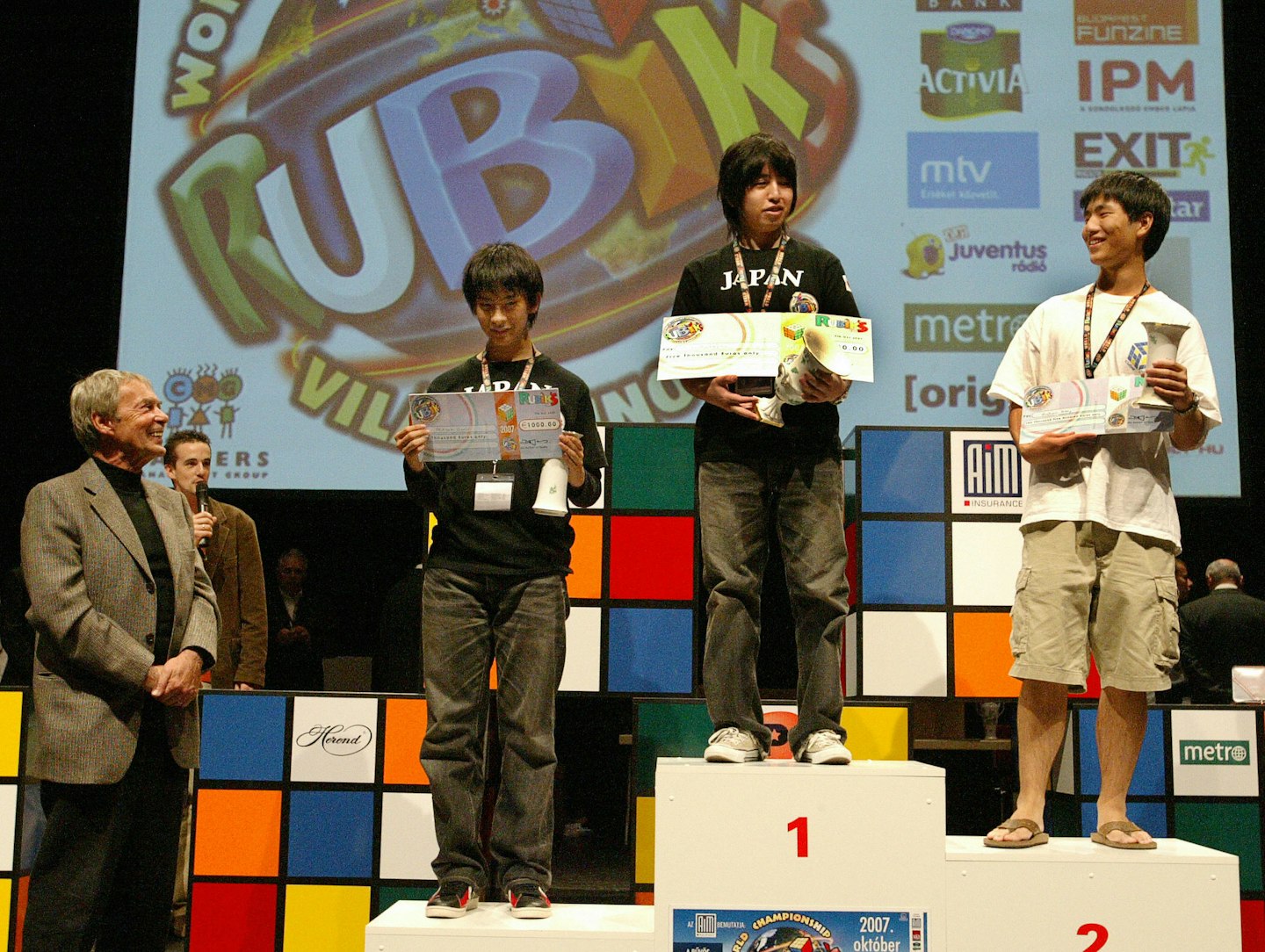
Yet, his creativity and ingenuity brought something remarkable – a clever piece of engineering that encapsulates so many ideas to different people. For some, it is simply a game. For Rubik, it is notable for its harmonious yet seemingly contradictory nature as something that is: “simple and complex. Moving and stable. Hidden and exposed. I believe contradictions are not opposites to be resolved, but counterparts to be embraced.”
As for the future of the Rubik’s Cube, it seems that even with the advancement of media and technology, the pivoting puzzle continues to be widely popular among problem-solvers of all ages. As of March 2021, over 450 million cubes have been sold worldwide, making it the best-selling puzzle of all time – something which impresses even Rubik himself: “It is a curious fact – one that surprises me as much as anyone – that for so many decades, during a time of unprecedented technological revolution, fascination with such a simple ‘low tech’ object has survived.”
